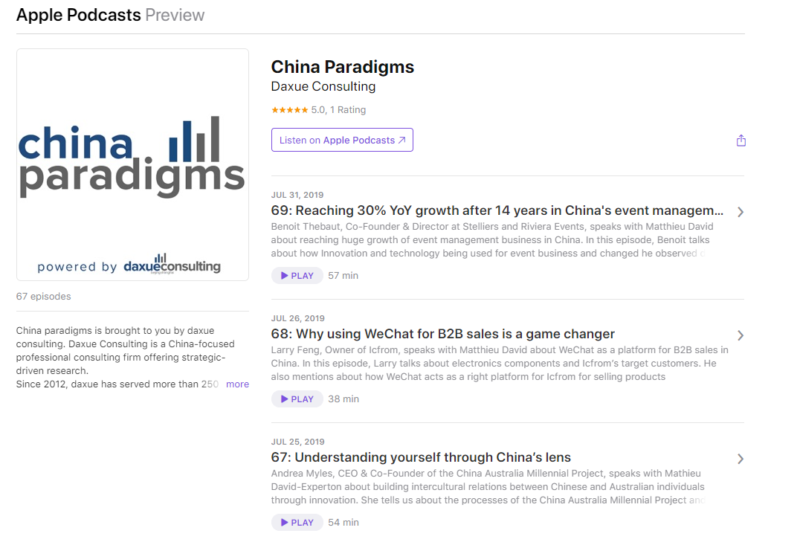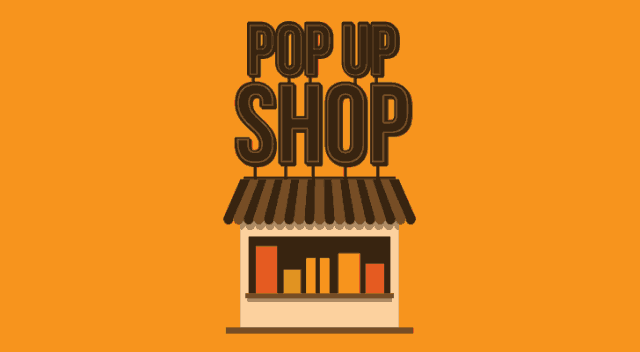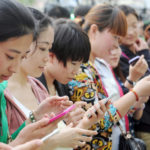The guide to a successful pop-up store in China
Pop-up stores in China
A pop-up store is a short-term, temporary retail space that brands occupy. Regardless of whether the brands previously adopt a physical presence or not, it can be used for sales promotion purposes or for simply building connection with their existing and potential customers. Pop-up stores are usually designed or decorated creatively with the intention to provide a unique, engaging and memorable experience that can generate buzz in the short-term. It is apparent that pop-up stores are an effective marketing method, but what does it take to run a successful pop-up store in China?
Pop-up stores in China: An innovative new retail format to penetrate the market
Pop-up stores are often considered as a form of guerilla marketing that can help a brand to achieve strong short-term growth in sales, engagement or awareness.
Luxury brands open pop-up stores in China to connect with consumers
Brick-and-mortar stores play a very important and essential role for luxury retail brands as it is where brand story and consumer experience meet. While a long-term physical store is able to achieve so, a temporary pop-up store will be able to generate more excitement and a more unique experience for customers.
Chanel successfully launched a pop-up store in Shanghai named ‘Coco Game Centre’ two years ago. The Chanel arcade clearly went viral as people waited for over 2 hours outside only to get a peek inside. The store featured a make-up bar for customers to try on new Chanel beauty products, a series of arcade games for customers to win gifts such as lipsticks, lotions etc., and a few picture-worthy spots for customers to take pictures and upload on social media.
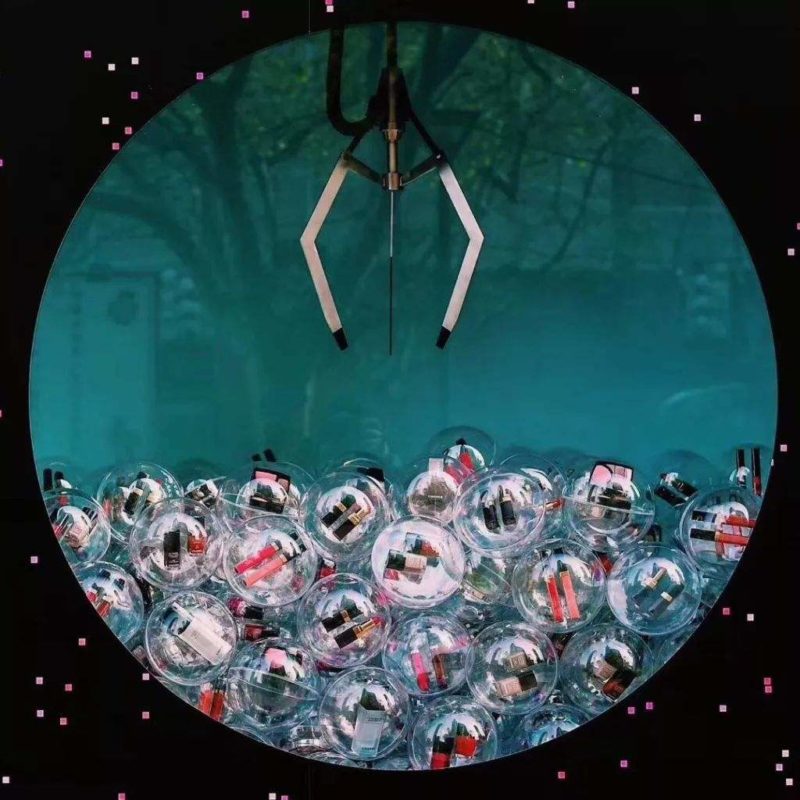
Chanel seeks to establish a closer connection with its customers through a pop-up store interaction. It is a fun and creative approach for the brand to create a unique, immersive and personal experience to the customers. The big Chanel logos upon the wall, and the red, pink and black colors all comes together in the pop-up store to communicate and convey the brand’s story and its core value.
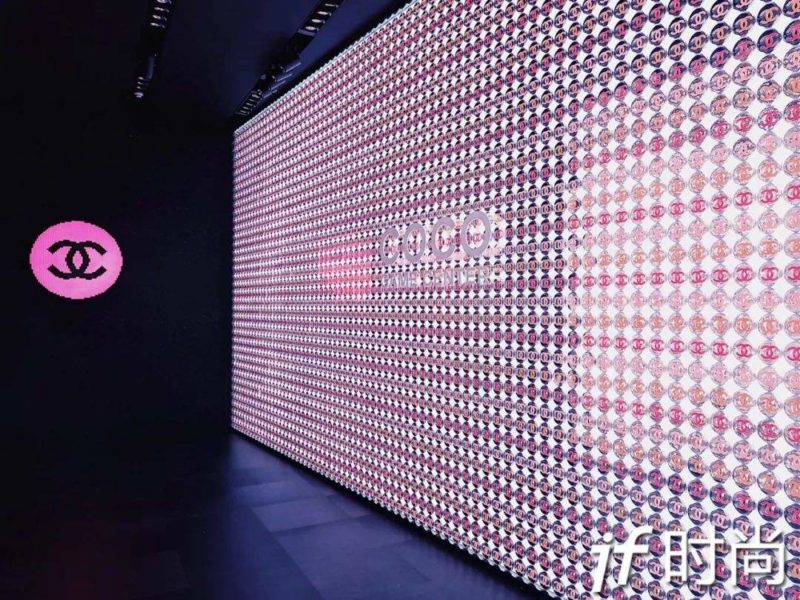
With digitalization incorporated in the store, customers can scan QR codes and pay online at ease. In this way, they are not forced to make purchase, but are invited to experience the brand and make conversion in a more natural setting. Moreover, Chanel can also generate buzz around product launch and receive feedbacks on its new products. Big brands like Chanel usually has clear and defined target customers, in which utilizing a pop-up store will help attract right customers to give right feedback.
Online brands seeking an offline presence through pop-up stores in China
The best way for online brands to bridge the gap between their online and offline presence is a pop-up store. Pop-up stores are not only much more cost-effective, being 80% cheaper than a long-term physical store, but also is a great marketing tool in China to increase visibility and direct publicity.
In 2018, one of China’s biggest E-Commerce platforms, JD.com, tried their own version of pop-up retail in China —— ‘JD Fashion Space’. Its main object is to mix and match fashion, high-tech and Art Space. Consumers are invited to interact with the brand via digital dressing machines, shopping machines, games, and a designated selfie area.
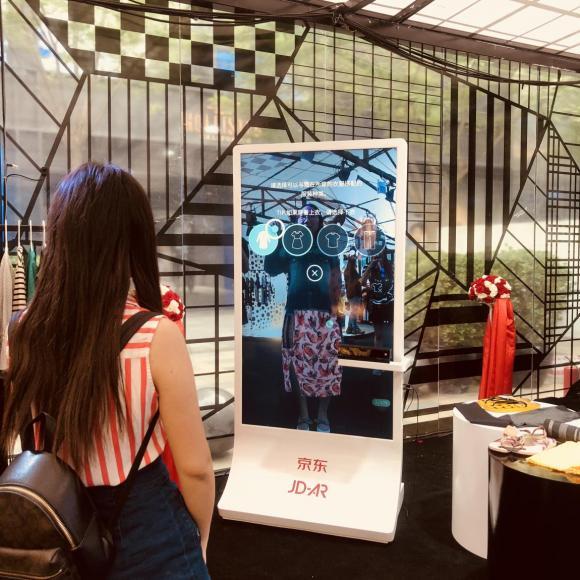
Although consumers are becoming more digitalized than ever before, online brands like JD.com still seeks to create a cohesive brand experience offline to gain customer loyalty by opening pop-up shops in China. Consumers expect more different and engaging high-techs like immersive VR to become entertained in a technology-centric era. JD.com cleverly offered an interactive offline experience to their consumers’ taste, utilizing its digital strength, from VR fitting rooms to digital shopping windows.
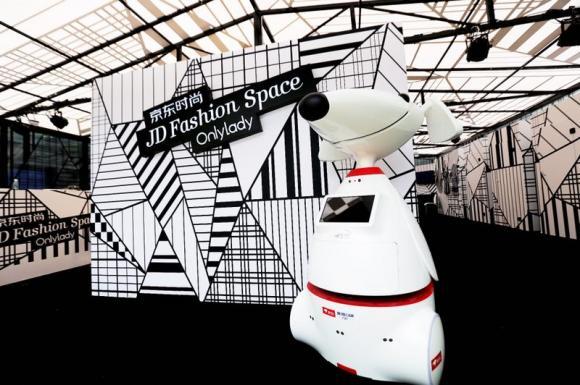
As pop-up stores can generate short-term buzz, online brands can constantly remind customers their existence via both online and offline channel. This will be a chance for these brands to gain more potential customers offline and remind existing customers their online presence.
Other brands open pop-up stores in China to increase awareness
Other brands, regardless small or big, open pop-up retails in China to generate popularity in the short term and top-of-mind awareness in the long-term.
Last September’s pop-up buzz was all about a milk tea brand ‘Machi Machi’ because of its feature in famous Chinese singer Jay Chou’s music video “Won’t Cry.” The store in Shanghai, which will only be around for a few months, generated hundreds of people lining outside. The resale price of a cup of bubble tea was 10 times more than its original price.
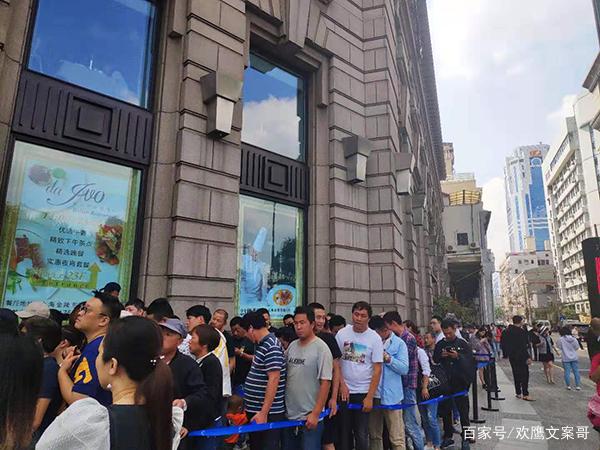
The store has a photo-worthy wall for people to take photos and upload on social media. Many smaller brands like that will especially decorate its interior to make it more Instagram-worthy and hence more sharable on internet. These brands wish to create as much buzz as possible to bring popularity and boost sales in the short term, and the best platform to spread buzz is of course social media platforms.

Given that Machi Machi is planning to open an official store in Shanghai in the near future, pop-up retails in China are no doubt a fast, efficient and cheap way for small brands to test- new products and examine the decision to enter or expand the market. Just a few days ago, on June 25, an official Machi Machi store was opened in Hefei, Anhui province in China. The brand has positioned itself as a high quality and high face value beverage brand that has become a hot topic on social media platforms such as Xiaohongshu and Weibo. Regardless of what intention these brands hold, achieving awareness through a temporary pop-up store will be the key to further success.
Pop-up stores in China emerging as a major marketing tool for brands
Attribute to the success of many pop-up stores in China, increasing number of brands are seeking to generate more awareness and engagement through implementing this type of marketing tool in China. Although harder to breakthrough clutter in the recent years due to fierce competition, nevertheless pop-up stores are becoming one of the main forms of new retail in China.
According to a survey from storefront, 80% of global retail companies have opened a successful pop-up store and 58% willing to reuse the tactic. Pop-up stores are indeed a great way to fulfil excitement in those highly demanding Chinese consumers. However, if not properly executed or implemented, they will easily fall short and even generate an adverse effect then intended to. Customer expectation can skyrocket due to wrong location, failure to communicate brand value, improper execution or implementation etc. Therefore, it is important to carefully plan every step in order to open a successful pop-up retail in China.
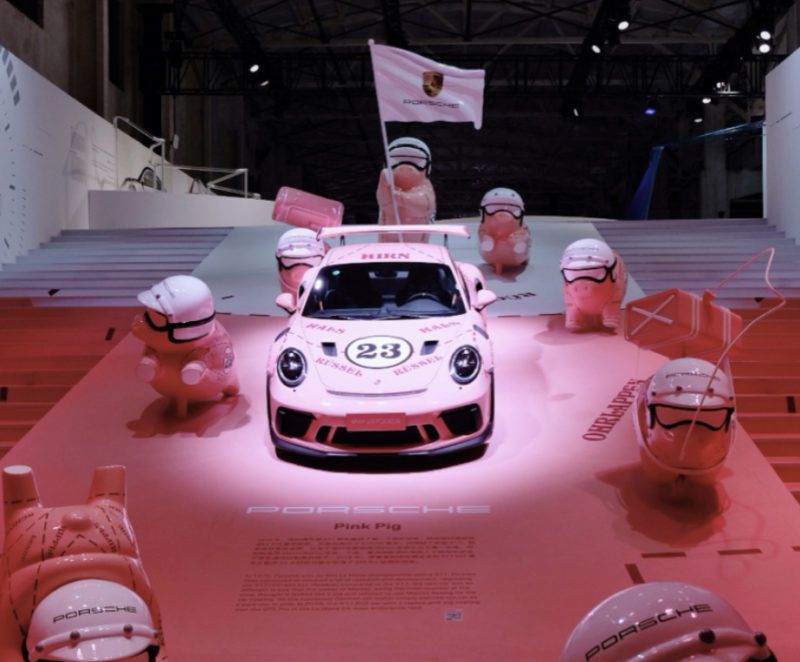
How to set up a successful pop-up store in China
Define the goal
Defining a clear goal for a pop-up shop in China is always the hardest. Although goals like increasing awareness, popularity, buzz etc., are essential, the decision to focus on sales promotion or just for pure marketing purposes will be the key to success. This decision is especially important to foreign than local companies because they subject to more regulations. Therefore, they need to be well-informed about China’s legal rules regardless which decision made.
Those who aim for direct sales, but do not adopt a corporate existence in China, will require partnerships, agents or distributors in order to engage in actual sales activity. On the other hand, pure marketing pop-up retails in China are much more simple to run, ruled under much less regulation.
The decision to sell the products or to market the products should depend on many aspects of company such as market share in China, presence in China, awareness in China etc.
Know your target customers
Millennials and Generation Z are becoming the most powerful consumers that all brands seek to understand. They are also a group of consumers who prefer experience over anything, which has lead the market evolving into an experiential-centric one. Therefore, opening pop-up shops in China that can engage with Chinese Millennial and Generation Z is a key to success. Brands should tailor the pop-up store to offer these customers different and personalized experiences and create an event that is both surprising and exciting to show them that they are no longer Dad’s Oldsmobile.
Find the right venue
The right pop-up store location is extremely important despite that it is often overlooked. The location can be anywhere: on a vacant street, in malls, in another store or event spaces. Regardless of where pop-up stores are located, the venue should generate enough foot traffic and buzz at the right time.
However, regulations need to be considered before picking any location. Unfortunately, due to strict rules in Shanghai and many other cities, pop-up stores are often only allowed to open in malls rather than on vacant street as no business will be granted to open in front of stores of or on side of the roads. Although street will give pop-up stores more space to occupy, shipping malls can offer a competitive edge for the brands. Shopping malls attract high foot traffic and right demographic, which makes it easy especially for smaller brands to target specific customers as they wish. Shopping malls are embracing pop-up stores as a form of new retail in China to save their lost traffic in the recent years, and more than welcome this win-win situation. Therefore, most malls offer convenience set-up process that will save many effort and time of pop-up stores owners.
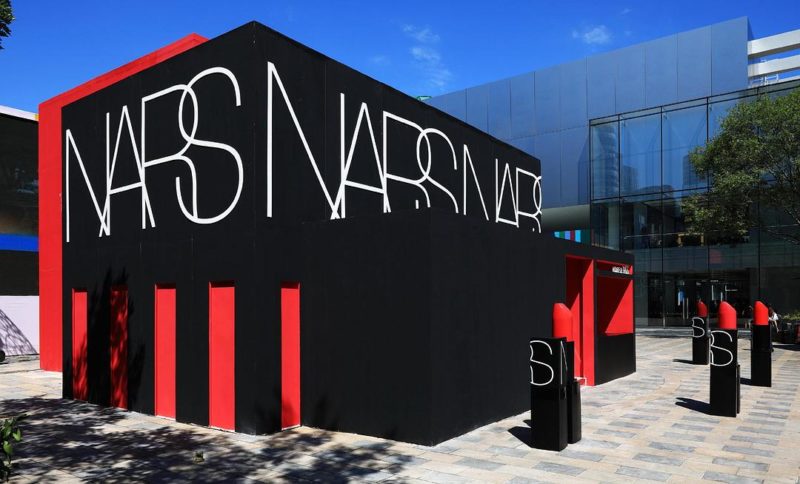
Nars opened a pop-up store in Beijing in 2018 utilizing the open entrance area of Taikoohui Shopping Mall. The boutique was fairly eye-catching, easily grabbing people’s attention as they walk pass by.
Establish effective brand communication
Pop-up stores must align with and communicate core brand values. A consistent brand story should be narrated regardless of a press interview, a launch party or just a pure experiential store.
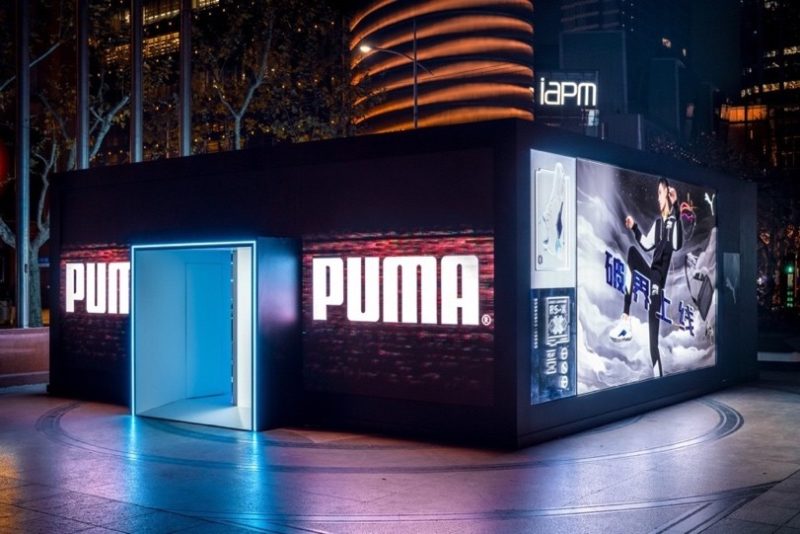

PUMA launched a pop-up experience museum in downtown Shanghai earlier this year, allowing visitors to go on a blockbuster journey of experiencing the blurring borders of reality and illusion. The theme goes with their featured new product, the “Future Rider” shoe, and allows consumers to fully experience what the brand has to offer. Added to the thrilling journey, consumers can enter PUMA’s flagship store at the iAPM mall nearby to win more products online. The purpose of the pop-up is not to drive sales, but to spread brand awareness. PUMA is inviting its customers to become a part of its brand and to be on their journey.
Be present on Social Media
In an ever increasing digitalized world, it is especially essential for brands to be present on social media, and of course will be the same for brand pop-up stores. Pop-up store in China relies heavily on short-term traffic and attention. In order for it to go viral and gain success, brands must encourage consumers to take photos in the store and share location on different social media platforms. Collaborating with KOLs and celebrity endorsers will be a powerful marketing tool to build anticipation and generate buzz before store opening. Stores can further enhance the engagement effort and accelerate social media impact by adopting hashtags that relates to the pop-up store theme.
Apart from traditional forms of Social Media like WeChat and Weibo, companies should also consider the growing importance of Xiaohongshu. Millennial and Gen Z spend their leisure time activity on this platform daily, searching up interesting places to visit.
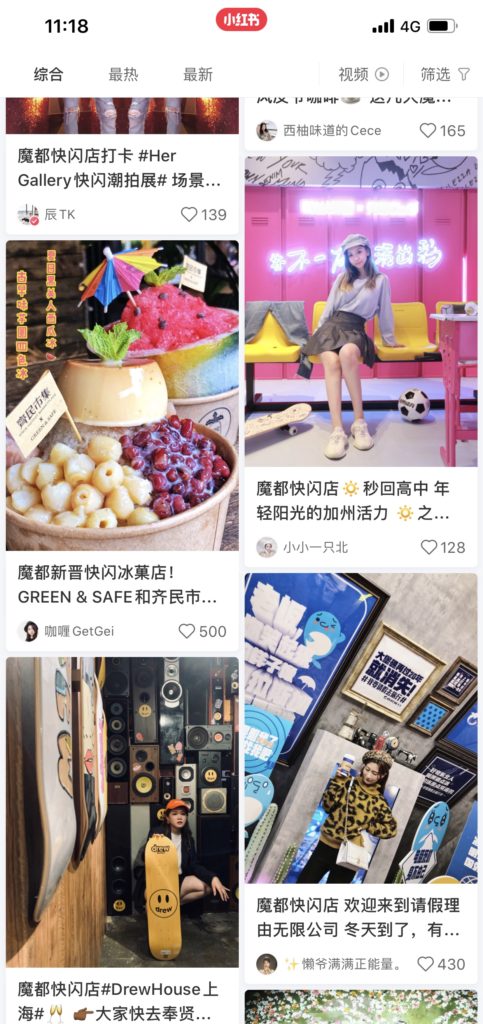
When searching for pop-up stores in Shanghai on Xiaohongshu, a countless number of posts appear. This means that this platform has indeed became an important platform and marketing tool in China, which brands should utilize to generate buzz and increase traffic among its target customers.
Be creative and be exclusive
The most successful pop-up shops in China create unique and interactive experience for its customers. In order for a pop-up to offer a higher level of interaction and engagement, getting creative and think beyond simply selling products will be the key to differentiate from traditional retail.

YSL Beauté launched a pop-up ‘hotel’ in Shanghai early 2019 to promote its new product. The hotel was located in an Art Museum featuring three floors of themed rooms. YSL creatively incorporated its sales effort in this pop-up store. Customers are encouraged to engage with the brand through make-up station, digital interactive activities, and many photo-worthy spots. They are also invited to redeem YSL Beauté.
products using activity points earned along the way. In the hotel, they can become fully immersed in the situation and receive a unique and exclusive experience.
Pop-up stores are an effective marketing tool in China
Overall, successful pop-up retail in China will allow you to create awareness from potential customers, connect with your existing customers, learn more about their needs and hence better tailor your service accordingly. Plan your steps and utilise this marketing tool in China to make further developments on your brand.
Author: Chenyi Lyu
Let China Paradigm have a positive economic impact on your business!
Listen to China Paradigm on iTunes
